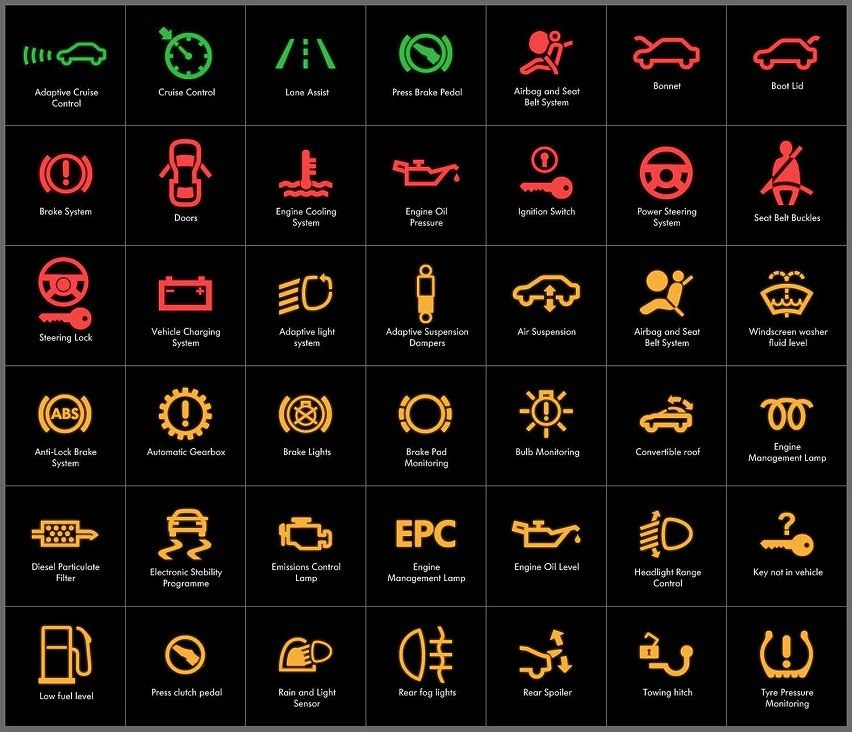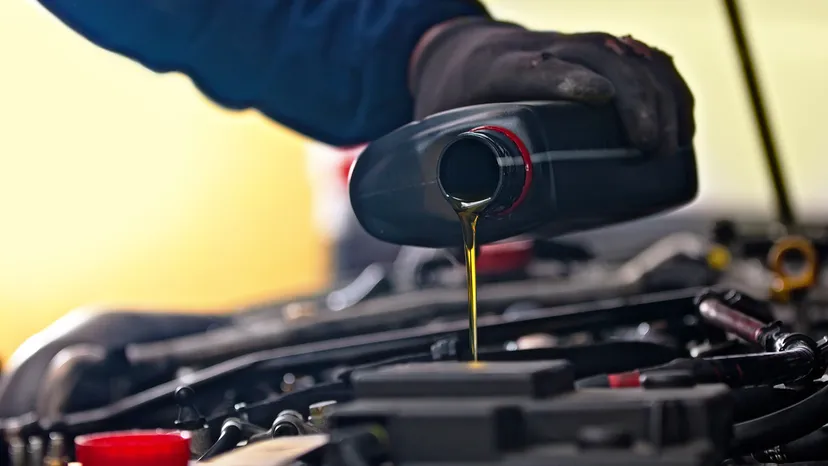Gone are the days when automotive diagnostics relied solely on a mechanic's experience and basic tools. Today's vehicles are sophisticated computers on wheels, equipped with dozens of electronic control units, hundreds of sensors, and thousands of potential diagnostic trouble codes. This complexity demands equally sophisticated diagnostic technology to maintain efficiency and accuracy.
Modern diagnostic equipment has revolutionized the automotive repair industry, transforming how technicians identify, analyze, and resolve vehicle problems. For vehicle owners, this technological advancement translates into faster diagnosis, more accurate repairs, and significant cost savings – but only when you choose a service facility equipped with the latest diagnostic tools.
At BT Car Service, we've invested heavily in cutting-edge diagnostic technology because we understand that precision diagnosis is the foundation of quality automotive repair. Let's explore how these advanced tools benefit both technicians and customers in measurable ways.
Traditional Methods
- Trial-and-error troubleshooting
- Time-consuming manual testing
- Higher risk of misdiagnosis
- Multiple return visits common
- Reactive maintenance approach
- Limited data visibility
Modern Diagnostics
- Precise code reading and analysis
- Real-time data monitoring
- Accurate first-time diagnosis
- Comprehensive system scanning
- Predictive maintenance capabilities
- Complete vehicle health reports
The Evolution of Automotive Diagnostics
The automotive industry's transition to electronic systems began in earnest during the 1980s, with the introduction of On-Board Diagnostics (OBD) systems. However, it wasn't until OBD-II became mandatory in 1996 that standardized diagnostic protocols emerged, creating the foundation for today's advanced diagnostic capabilities.
Modern vehicles contain between 50 to 150 electronic control units (ECUs), each managing specific systems like engine performance, transmission operation, braking, steering, climate control, and safety features. These interconnected systems communicate through sophisticated networks, creating a wealth of diagnostic information that can only be accessed with proper equipment.
Key Diagnostic Technologies
Advanced Scan Tools: Professional-grade scanners that can communicate with all vehicle systems, not just the engine. These tools access manufacturer-specific codes and data that generic code readers cannot reach.
Oscilloscopes: Measure electrical signals in real-time, essential for diagnosing intermittent problems, sensor issues, and communication faults between electronic modules.
Digital Multimeters: Precision instruments for measuring voltage, current, and resistance with accuracy critical for modern electronic systems.
Network Analysis Tools: Specialized equipment for diagnosing communication problems between vehicle modules on CAN, LIN, and FlexRay networks.
The Modern Diagnostic Process
Today's diagnostic process follows a systematic approach that maximizes accuracy while minimizing time investment. Here's how advanced diagnostic technology streamlines vehicle troubleshooting:
Comprehensive System Scan
Advanced scan tools interrogate every electronic module in the vehicle, retrieving both active and stored diagnostic trouble codes (DTCs). This comprehensive approach often reveals problems that haven't yet triggered the check engine light or other warning indicators.
Real-Time Data Analysis
Modern diagnostics go beyond simple code reading. Technicians can monitor live data streams from dozens of sensors simultaneously, observing how systems perform under various operating conditions. This capability is crucial for identifying intermittent problems that may not trigger codes consistently.
Historical Data Review
Advanced diagnostic tools can access freeze frame data, showing exact operating conditions when faults occurred. This historical information helps technicians understand problem patterns and identify root causes rather than just symptoms.
Component Testing
Modern scan tools can perform active tests, commanding individual components to operate while monitoring their response. This bi-directional communication capability allows precise testing of actuators, solenoids, and electronic modules.
Predictive Analysis
Some advanced systems can analyze trends in sensor data and system performance to predict potential failures before they occur, enabling proactive maintenance recommendations.
Time Savings: From Hours to Minutes
The time savings provided by modern diagnostic technology are substantial and directly benefit customers through reduced labor costs. Consider these real-world scenarios:
Diagnostic Time Comparisons
Engine Performance Issues:
- Traditional approach: 2-4 hours of testing and elimination
- Modern diagnostics: 15-30 minutes for precise identification
- Time savings: Up to 85% reduction in diagnostic time
Electrical System Problems:
- Traditional approach: 3-6 hours of circuit tracing
- Modern diagnostics: 30-60 minutes with network analysis tools
- Time savings: Up to 90% reduction in diagnostic time
Intermittent Issues:
- Traditional approach: Multiple visits, often remaining unresolved
- Modern diagnostics: Data logging captures problems as they occur
- Resolution rate: Improved from 60% to over 95%
Cost Savings Through Precision
While modern diagnostic equipment represents a significant investment for service facilities, the cost savings for customers are even more substantial. Accurate diagnosis prevents several costly scenarios:
Elimination of Unnecessary Parts Replacement
Traditional diagnostic methods often led to "shotgun" repairs – replacing multiple components in hopes of solving the problem. Modern diagnostics identify the exact cause, eliminating unnecessary part replacement and associated labor costs.
First-Time Fix Rate Improvement
Industry data shows that shops equipped with advanced diagnostic tools achieve first-time fix rates above 95%, compared to 70-80% for facilities using basic equipment. Each return visit for the same problem represents additional time, inconvenience, and often additional costs for customers.
Preventive Maintenance Optimization
Advanced diagnostics can identify components operating outside normal parameters before they fail completely. This predictive capability allows customers to plan maintenance during convenient times rather than dealing with unexpected breakdowns.
Measurable Benefits
Studies by automotive industry organizations have quantified the benefits of modern diagnostic technology:
- Diagnostic Accuracy: Improved from 75% to 96%
- Average Repair Time: Reduced by 40-60%
- Customer Satisfaction: Increased by 25%
- Return Visits: Decreased by 70%
- Total Repair Costs: Reduced by an average of 30%
Manufacturer-Specific vs. Generic Diagnostics
Not all diagnostic equipment is created equal. While basic code readers can access generic OBD-II information, comprehensive diagnosis often requires manufacturer-specific tools and software. Professional service facilities invest in multiple diagnostic platforms to serve various vehicle makes properly.
Enhanced Code Coverage
Manufacturer-specific diagnostic tools can access thousands of additional diagnostic codes beyond the standard OBD-II set. These enhanced codes provide much more detailed information about specific system faults and operational parameters.
Advanced Functions
Professional diagnostic equipment offers capabilities that generic tools cannot provide, including module programming, calibration procedures, adaptation resets, and security system operations. These functions are essential for many modern vehicle repairs.
The Human Element: Technology and Expertise
While advanced diagnostic technology is powerful, it requires skilled technicians to interpret data correctly and make appropriate repair decisions. The most sophisticated equipment is only as effective as the person using it.
Professional technicians undergo continuous training to stay current with evolving diagnostic technology and procedures. This combination of advanced tools and expert knowledge ensures accurate diagnosis and efficient repairs.
Technician Expertise Matters
Modern automotive technicians must possess skills that extend far beyond traditional mechanical knowledge:
- Electronic systems theory and operation
- Network communication protocols
- Software troubleshooting and updates
- Data interpretation and analysis
- Manufacturer-specific procedures and protocols
Future Developments in Diagnostic Technology
The automotive industry continues to evolve rapidly, with emerging technologies promising even greater diagnostic capabilities:
Remote Diagnostics
Connected vehicle technology enables remote diagnostic capabilities, allowing service facilities to analyze vehicle data before the customer arrives, streamlining the service process further.
Artificial Intelligence Integration
AI-powered diagnostic systems can analyze patterns across millions of vehicles to identify potential problems and recommend solutions with unprecedented accuracy.
Augmented Reality Assistance
AR technology can overlay diagnostic information and repair procedures directly onto the vehicle, guiding technicians through complex procedures with enhanced precision.
Experience Advanced Diagnostics
Don't settle for guesswork when it comes to your vehicle's health. Our state-of-the-art diagnostic equipment and expert technicians provide accurate, efficient service that saves you time and money.
Schedule Your Diagnostic Service

